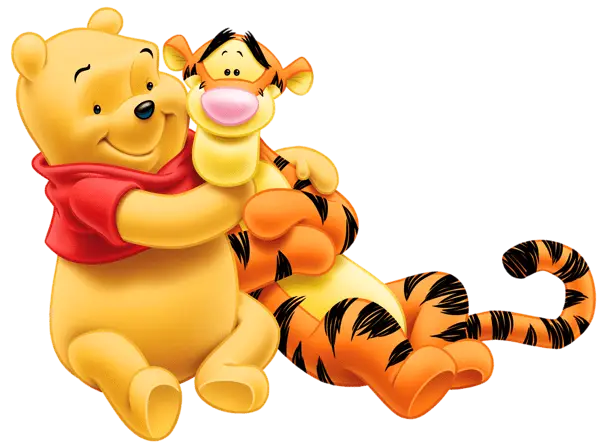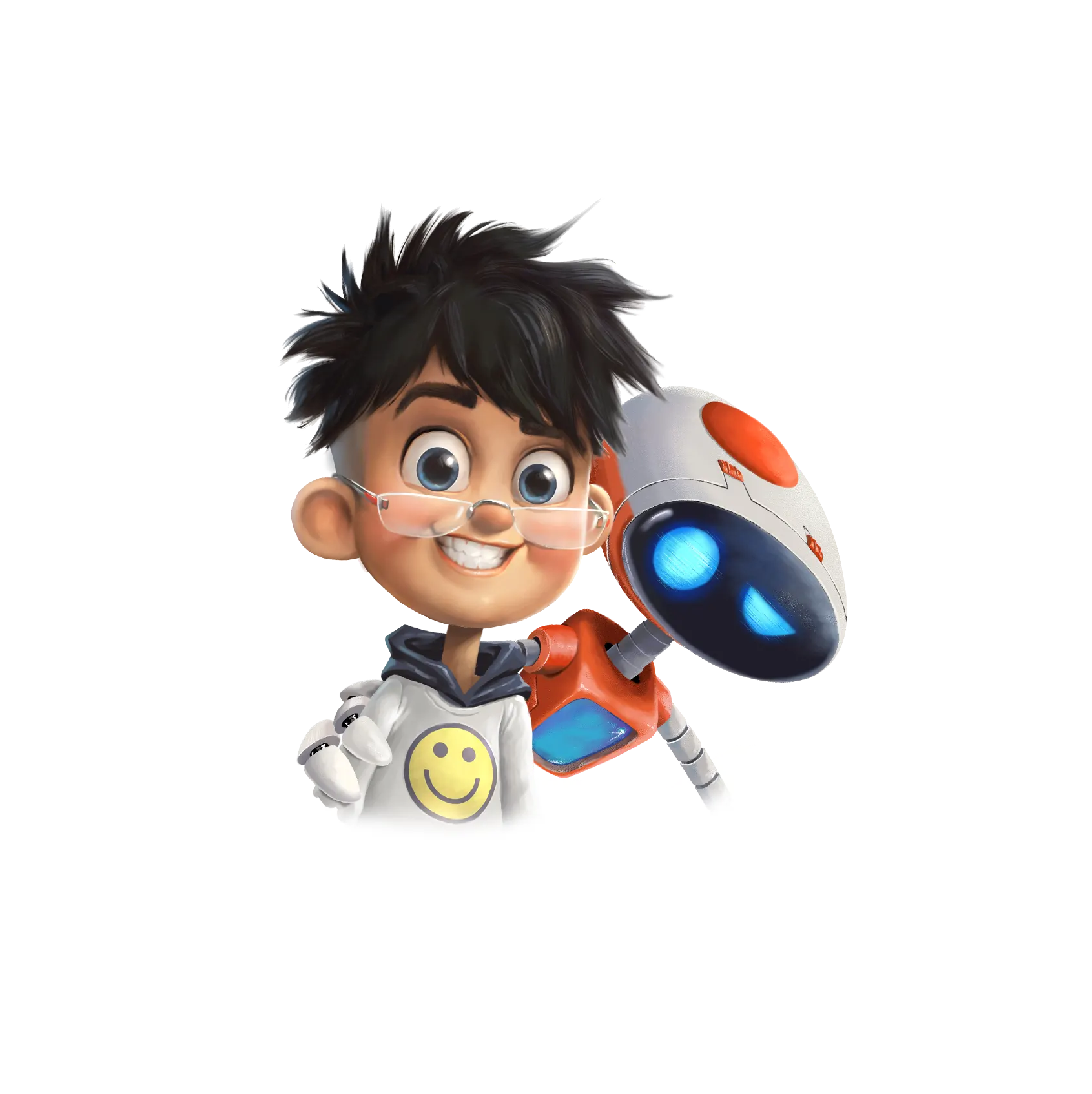Since its early 20th-century humble beginnings, the art of animation has come a long way. From hand-drawn characters on celluloid to today’s computer-generated masterpieces, technology has been at the heart of animation’s transformative journey. This blog explores the pivotal role of technology in shaping through the decades, from its origins to the present day, and speculates on the exciting possibilities that await us in the future.
The Past: Hand-Drawn Animation
Animation’s inception dates back to the early 1900s when artists painstakingly hand-drew each frame to create moving pictures. Iconic characters like Mickey Mouse and Bugs Bunny were brought to life through the artistry of animators who skillfully drew each movement frame by frame. The process was laborious and time-consuming, but it laid the foundation for what would become a revolutionary industry.
In the mid-20th century, the introduction of cel animation, where characters were drawn on transparent sheets, streamlined the animation process. Despite the advancements, the method was still labor-intensive and limited in terms of visual effects and complexity.
The Present: Computer-Generated Animation
The advent of computers in the late 20th century marked a turning point in animation. Computer-generated imagery (CGI) revolutionized the industry, allowing animators to create stunning visuals and complex scenes more efficiently. Pixar’s groundbreaking film, “Toy Story,” released in 1995, was a monumental milestone in animation, entirely produced using CGI. This movie demonstrated that animation could appeal to audiences of all ages and paved the way for a new era of storytelling.
As technology continued to evolve, animation tools became more accessible to a broader range of creators. This democratization of animation opened doors for independent animators and smaller studios to produce high-quality content without the need for massive budgets.
The Present: Motion Capture and Virtual Reality
Another significant advancement in animation has been the integration of motion capture technology. By tracking the movements of real actors, animators can create more realistic and lifelike character performances. This technology has been instrumental in bridging the gap between live-action and animation, enabling seamless integration of animated characters into live-action environments.
Furthermore, virtual reality (VR) has begun to influence animation and storytelling. VR allows audiences to immerse themselves fully in animated worlds and engage with the narrative on a deeper level. As VR technology becomes more sophisticated, it will undoubtedly shape the future of animation and the way we experience entertainment.
The Future: Artificial Intelligence and Machine Learning
As we look ahead, one of the most promising prospects for animation lies in the realm of artificial intelligence (AI) and machine learning. AI can significantly speed up the animation process, generating in-between frames and automating repetitive tasks. This not only reduces production time but also allows animators to focus more on creativity and storytelling.
AI-driven animation also opens doors for personalized content creation. Imagine interactive animated stories where the viewer’s choices influence the plot’s development. AI algorithms could adapt characters and scenarios based on real-time feedback, creating a truly unique and immersive experience for each viewer.
Furthermore, machine learning could be used to enhance animation quality and realism. By analyzing and understanding real-world physics, AI algorithms can simulate lifelike movement and interactions between animated elements, resulting in animation that is even more believable and captivating.
Conclusion
Throughout history of animation, technology has been the driving force behind animation’s transformation, propelling it from hand-drawn sketches to computer-generated wonders. The accessibility of animation tools, the rise of motion capture and virtual reality, and the potential of artificial intelligence have reshaped the industry in unimaginable ways.
As we embrace the future, animation will undoubtedly continue to evolve, captivating audiences with even more immersive and engaging storytelling experiences. The combination of creativity and technological innovation holds the potential to push animation into uncharted territory, creating new possibilities and expanding the boundaries of our imagination. So, buckle up and get ready to witness the awe-inspiring journey of animation as it continues to be shaped by the marvels of technology.


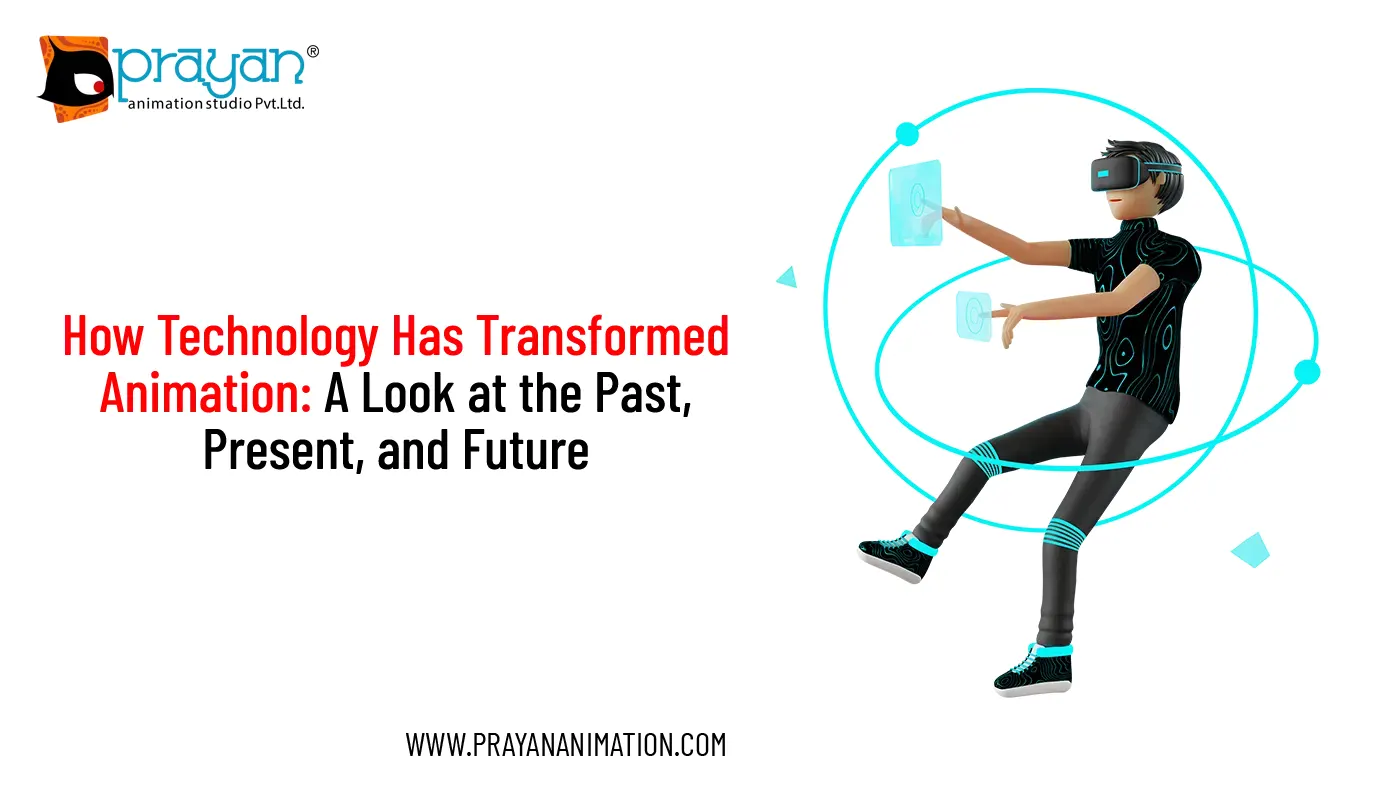


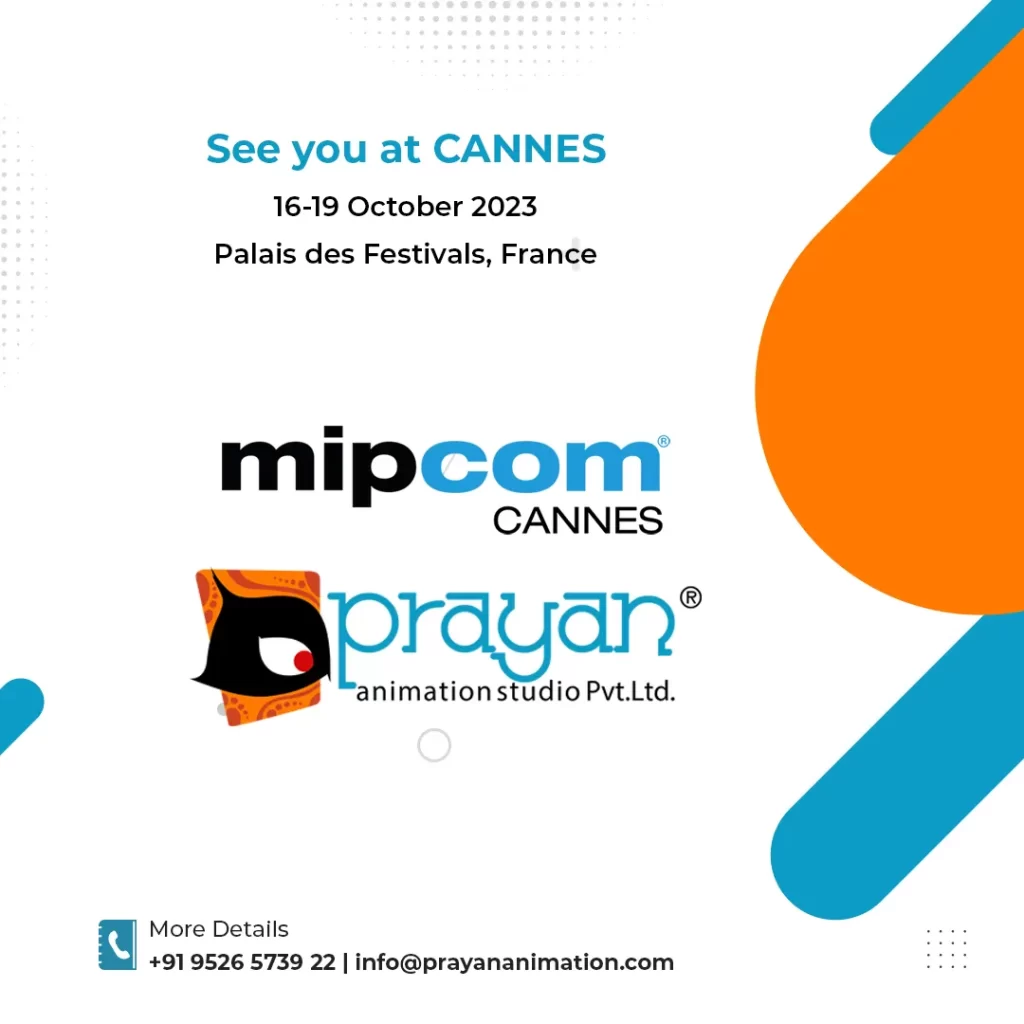







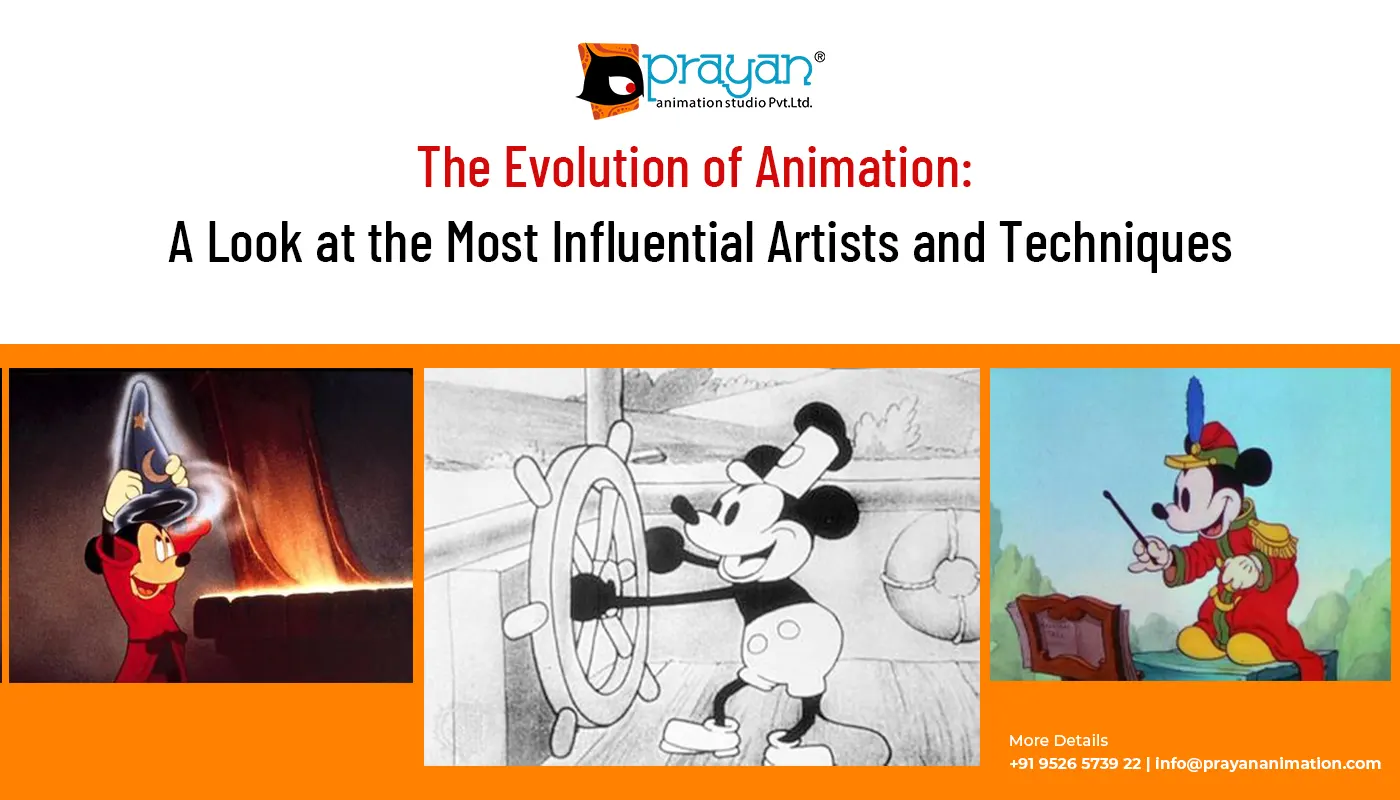
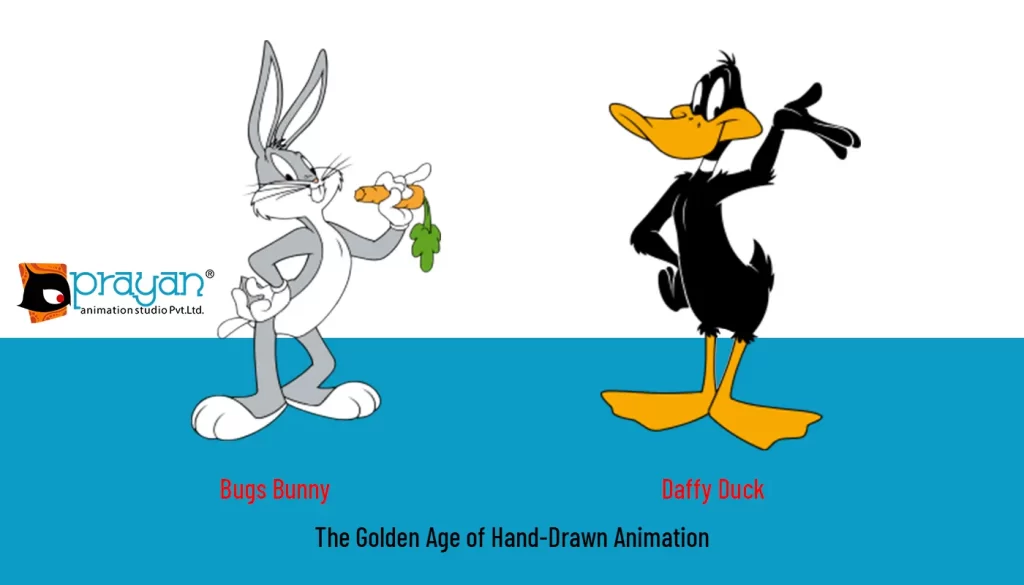
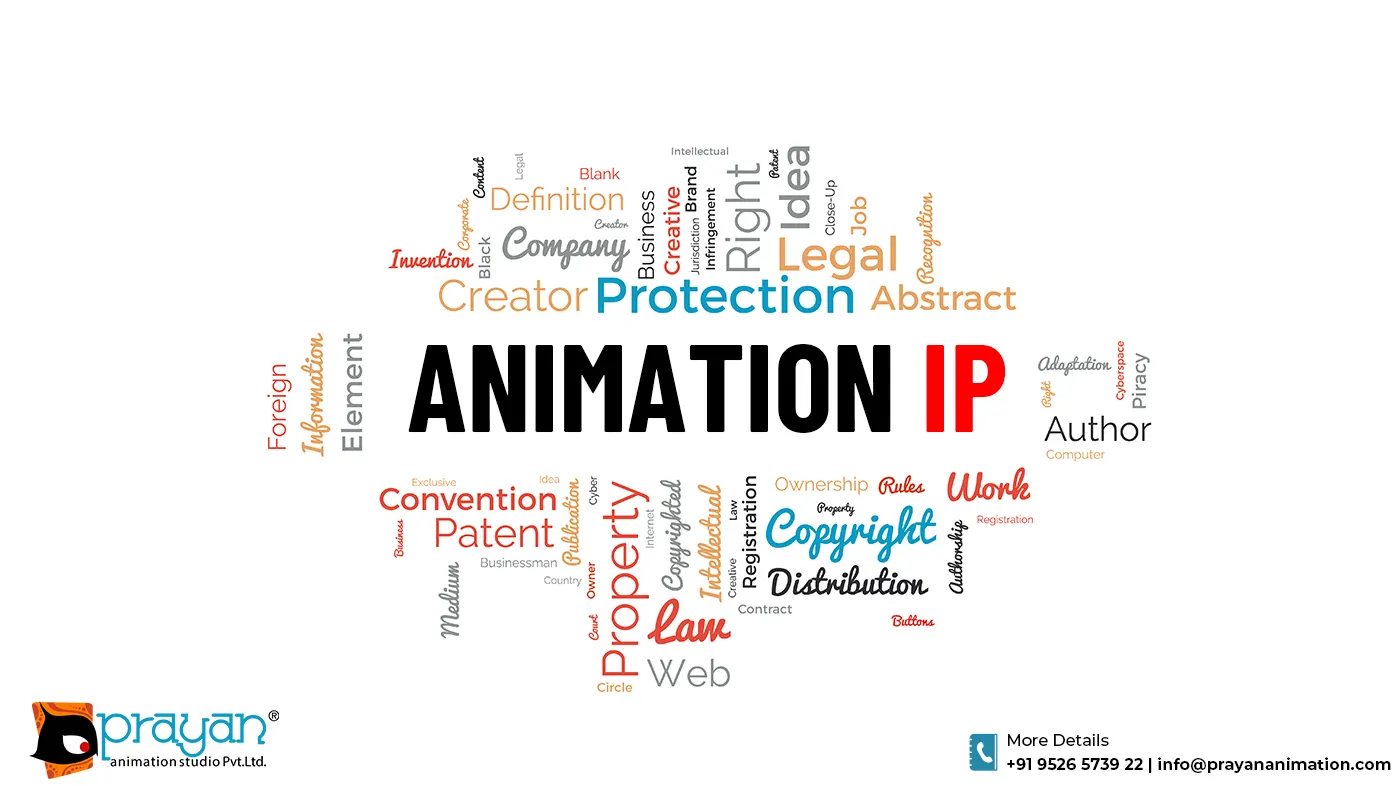
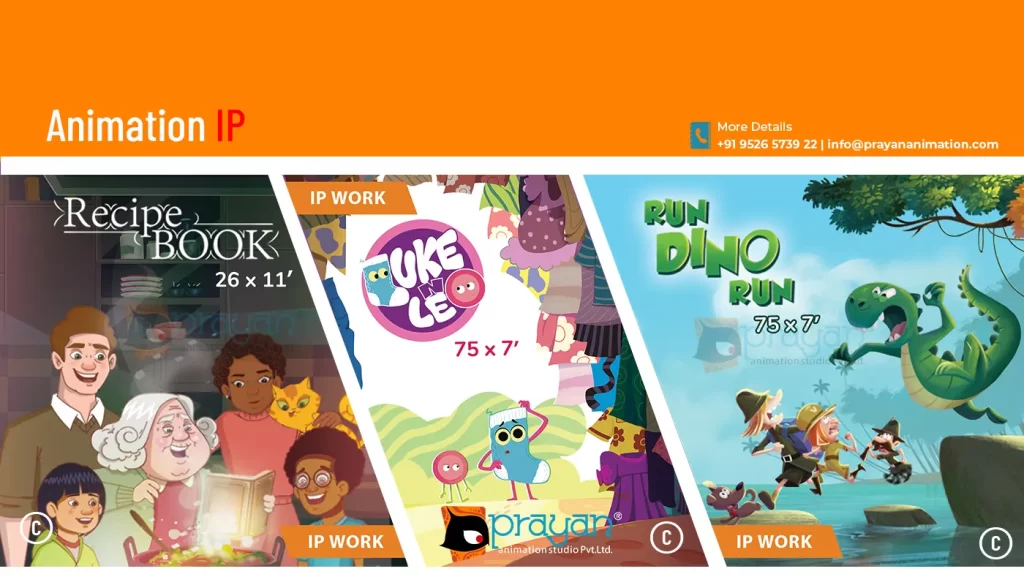

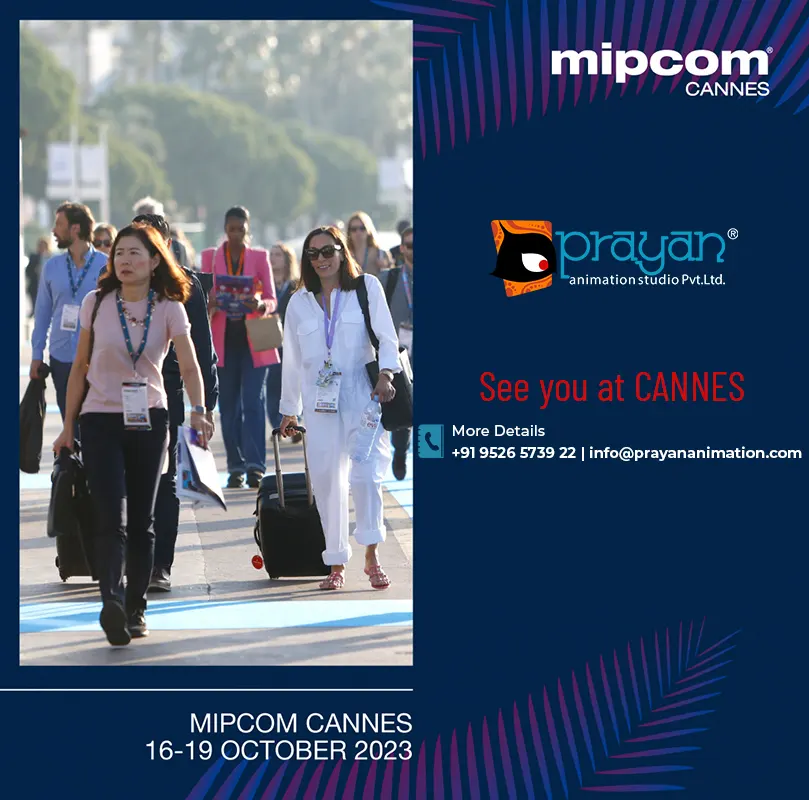

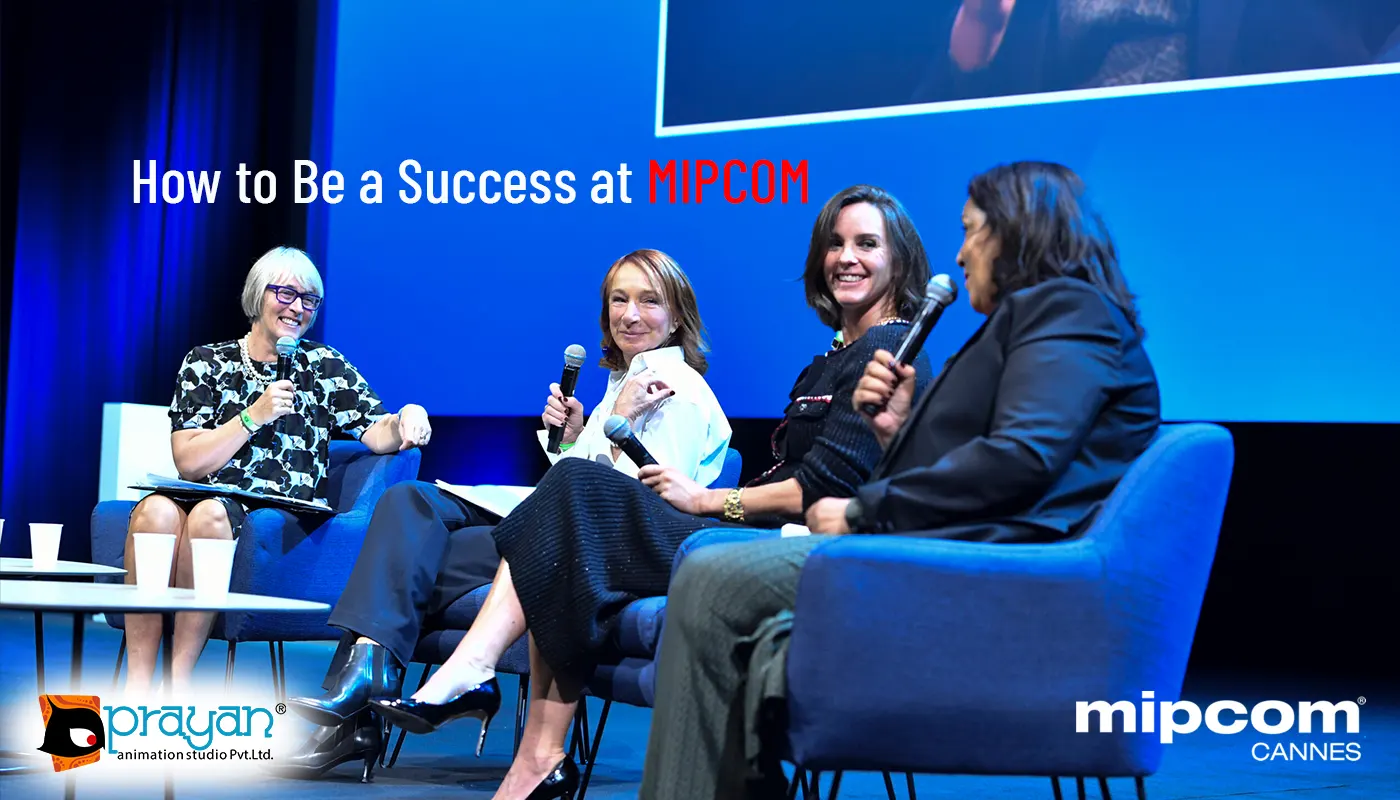


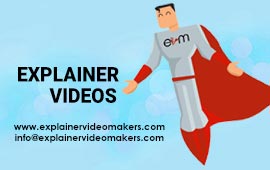

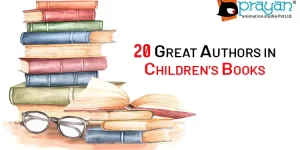


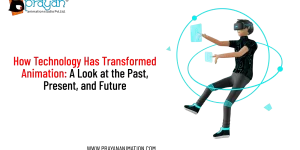
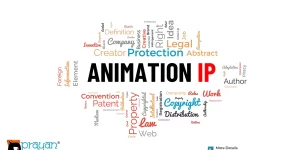
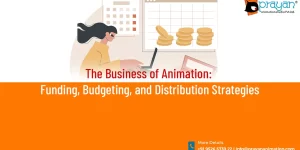


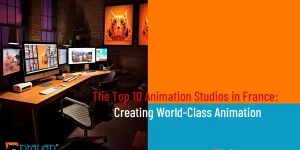

 We can help you.
We can help you. 

